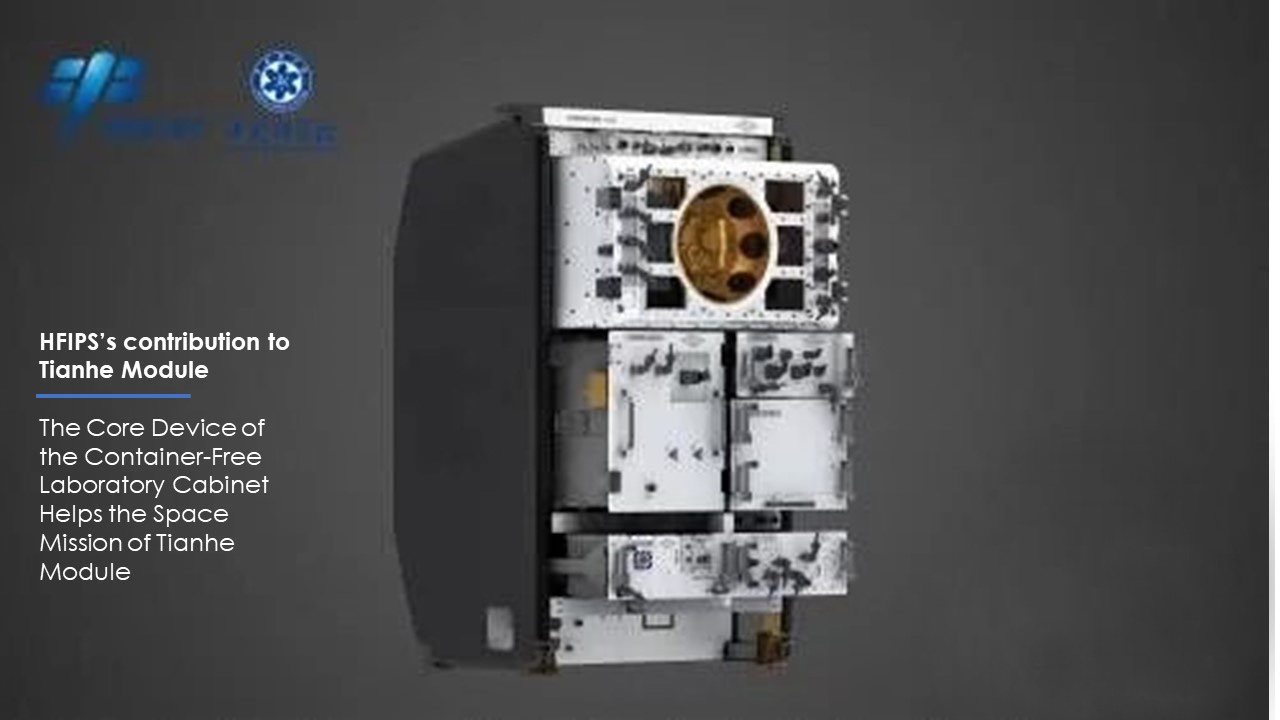
Tianhe Core Module, the first part of a planned new space station of China, was successfully launched recently. The core device of the Container-Free Laboratory Cabinet, one of the two cabinets in the cabin, is developed by a collaborated research team of the Institute of Intelligent Machines, Hefei Institutes of Physical Science (HFIPS) and the Shanghai Institute of Ceramics.
"What we have been focusing on is the experimental chamber subsystem of the container-free materials," said SHI Yungao, director of Advanced Manufacturing center.
They have been working on this chamber subsystem project for five years. In this period, they tackled the technical difficulties including the design and manufacturing of complex high vacuum cavity structure, the release and recovery of experimental samples and the suspension position control.
Boasting with the function of electrostatic levitation experiment, the device can greatly shorten the operation time of astronauts and improve the efficiency of scientific experiments and man-machine efficiency. After being in orbit, it is expected to realize the research on the deep undercooling solidification process and mechanism of metals and nonmetals, the preparation of new functional materials and the precise measurement of thermophysical properties of high temperature melts.
Tianhe module means "Harmony of the Heavens" in Chinese. As one of three main parts China plans to use to build the first self-developed, permanent space station. It is built to house Chinese astronauts during stays of up to six months.

The core device of the Container-Free Laboratory Cabinet is made by (Image by CHEN Hong)
Contact:
ZHAO Weiwei
Hefei Institutes of Physical Science (http://english.hf.cas.cn/)
Email: annyzhao@ipp.ac.cn